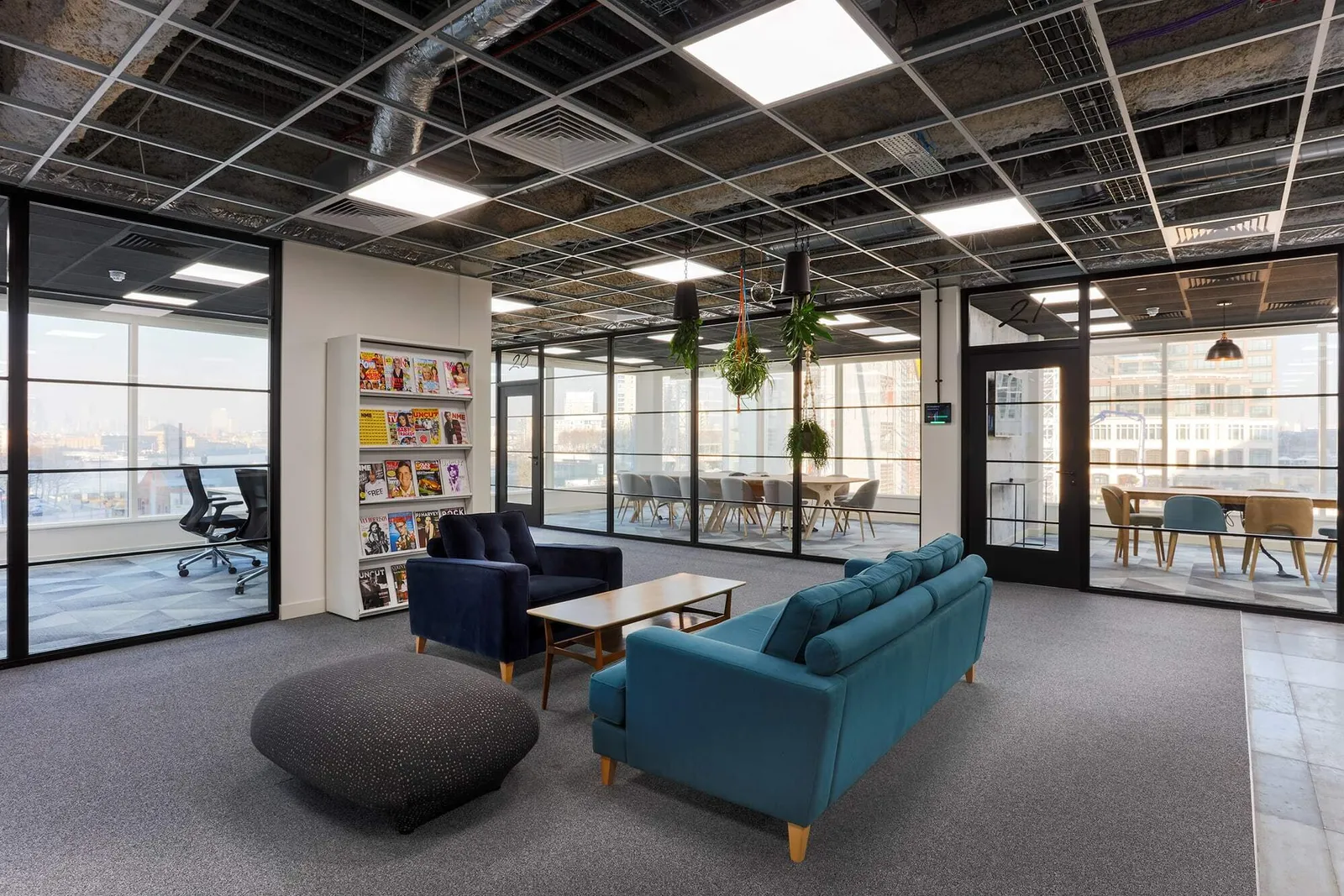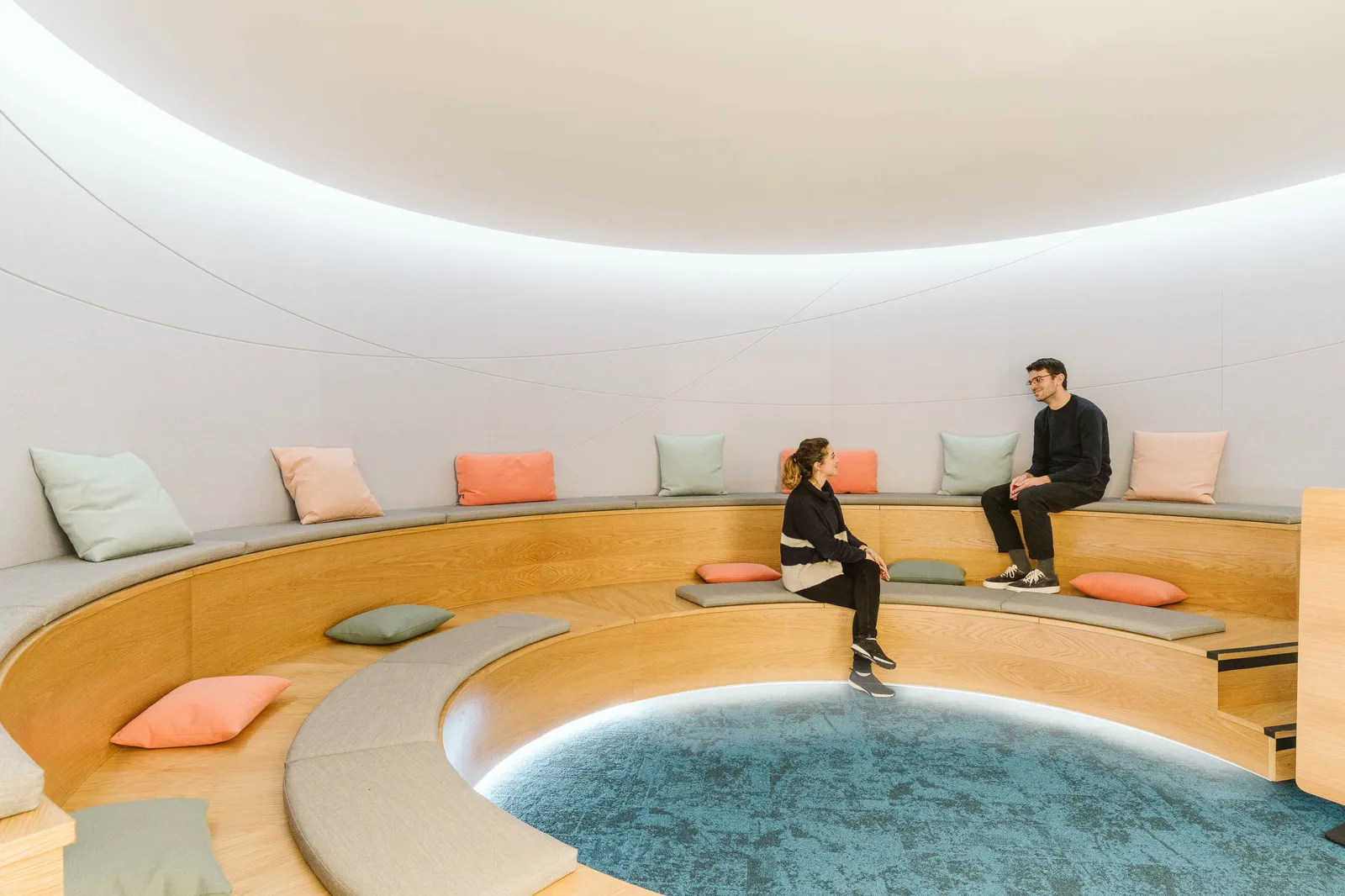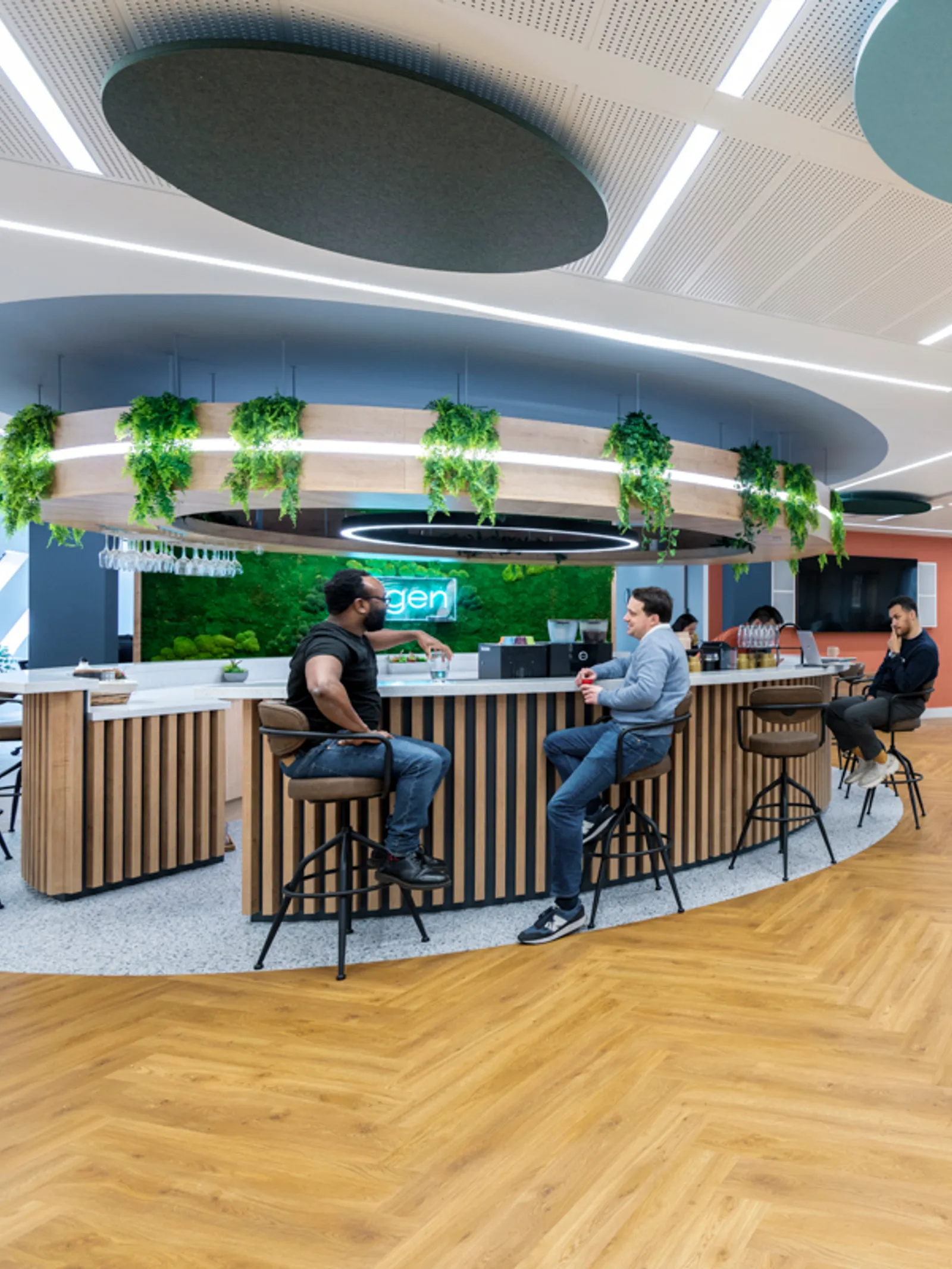Designing for Office Acoustics
Embracing the fast-evolving landscape of modern work, the quality of your workspace emerges as a commanding force, capable of significantly shaping both your operational efficiency and overall wellbeing. While many factors contribute to a productive environment, there exists an often unnoticed facet - office acoustics. The subtle interplay of sound within your workspace can play a vital role in your concentration, productivity and overall sense of wellbeing. Discover how you can create a harmonious soundscape that fosters a more focused and peaceful workspace.
The Significance of Workspace Acoustics
When you enter an office space, the unobtrusive nature of the acoustic environment could easily slip past initial awareness, yet its impact is quietly far-reaching. Sound wields a remarkable sway over our cognitive capacities and emotional states. Within a setting crafted for optimal productivity, acoustics assume the role of an unsung hero, ensuring that conversations maintain clarity, equipment emits a gentle hum, and distractions are kept at bay.
Picture this scenario: attempting to concentrate on a pivotal report while your neighbouring cubicle engages in a conference call. Not only does this disrupt your focus, but it also raises stress levels. Research has unveiled that auditory pollution can severely undermine work performance and contribute to the accumulation of stress. Recognising and confronting these acoustic hurdles is paramount to upholding a workspace that embodies tranquillity and fosters productivity.

Mastering the Acoustic Design Principles
How can we harness the power of acoustics to create an environment that nurtures productivity and wellbeing? The answer lies in understanding and implementing sound absorption, diffusion and reflection.
Sound Absorption and Reflection
Sound absorption, involves introducing specialised materials like acoustic panels, baffles, and wall coverings strategically placed in areas prone to sound reflection, thereby reducing echoes and enhancing comfort. By focusing on high-traffic areas and spaces prone to echoing, you can drastically reduce unwanted noise reflections.
In parallel, the principle of sound diffusion scatters sound waves to achieve a uniform distribution across the space, preventing sound buildup in localised regions. Walls, floor and varied materials engage with sound waves distinctively, affecting reverberation and sound distribution throughout the room. Utilising soft materials, such as rugs, curtains, and upholstered furniture, can help dampen harsh reflections.
These simple additions not only improve acoustics but also contribute to a visually comfortable workspace. Moreover, the layout of rooms and placement of furniture emerge as influential factors in sound distribution. By strategically positioning furniture to absorb and disperse sound, rather than bouncing it around the room, ensures a more even and comfortable soundscape. Ultimately, acoustic design principles are skillfully adjusted to meet what occupants need, creating spaces for focused tasks, making meeting room discussions clearer, or simply making the environment more comfortable for everyone.
Embracing Technology and the Art of Masking
Embracing technology is another avenue for improving office acoustics. Sound masking systems create a consistent background sound that reduces the intelligibility of speech and other noises, enhancing overall comfort. Additionally, acoustic design software allows for simulations and optimisations, helping you fine-tune your office's acoustic landscape. Striking a balance between open collaboration spaces and noise reduction strategies is key to leveraging technology effectively.
An innovative solution to managing office acoustics is the concept of white noise. This background sound, generated at a consistent level, can effectively mask distractions and sudden noises. It might sound counterintuitive, but introducing controlled noise can paradoxically enhance focus and concentration. Imagine a gentle hum enveloping the office, making individual conversations less intrusive and creating a more serene environment.
Acoustic Privacy Solutions
As the trend towards open office layouts gain momentum, the intricate balance between nurturing collaborative interactions and enabling focused individual endeavours takes on heightened significance. These designated areas are carefully designed to block out unwanted noise and provide a combination of a relaxed work environment and a place for deep concentration. They’re ideal for holding meetings, having uninterrupted phone conversations and tackling tasks that require intense focus. After all, a private conversation shouldn’t feel like a public announcement.
Delving into the psychology of acoustic environments, it becomes evident that the design and maintenance of these mindful spaces can significantly influence occupants’ cognitive states, emotional wellbeing and overall productivity.

Future Sounds: Trends in Office Acoustics
In the realm of office acoustics, future trends are poised to redefine the way we interact with our work environments. Advancements in acoustic technology and innovative design approaches are set to play a pivotal role in crafting more harmonious office spaces. As we step forward, the integration of AI (Artificial Intelligence) and IoT (Internet of Things) holds tremendous promise in shaping the evolution of office acoustic solutions.
AI-driven systems can dynamically adapt to real-time noise patterns, autonomously adjusting ambient sound levels and directing soundwaves to optimise speech intelligibility and concentration. The IoT's interconnected sensors and devices can contribute by collecting and analysing data to identify acoustic anomalies and patterns, offering insights that guide the creation of tailored acoustic environments. Together, these developments offer a glimpse into a future where offices are not just places of work, but responsive ecosystems that foster productivity, collaboration, and wellbeing through finely tuned acoustics.
In Harmony We Flourish
In the grand symphony of office design, acoustics often play the role of an underrated conductor. Yet, its influence on our productivity and wellbeing cannot be overstated. By grasping the principles of acoustic design, identifying challenges, and implementing smart solutions, we can transform our workspaces into havens of focus, collaboration, and peace. Integrating sound-absorbing materials, adaptable partitions, and advanced sound masking technologies, companies have unlocked the potential to foster seamless interactions and deep concentration.
As we look to the future, it's clear that the journey toward optimal acoustics begins at the inception of office design. By weaving acoustic considerations into the fabric of architectural planning, companies can lay the foundation for a harmonious workspace that not only caters to the needs of its inhabitants but also amplifies their collaborative efforts and individual accomplishments.
At Area, we adapt our office design and fit out services to your bespoke vision. We will work with you to achieve results that go above expectations and build an environment that supports employee wellbeing, productivity and your unique business goals. Throughout this process, areas such as office acoustics will receive meticulous attention to create a harmonious environment where the soundscape supports your endeavours and enhances workflows.




